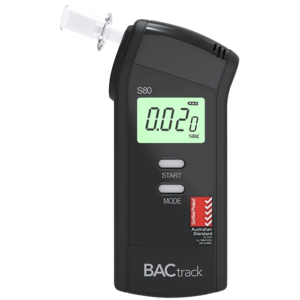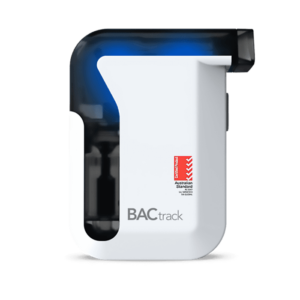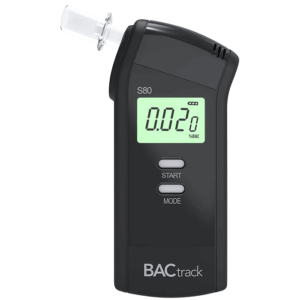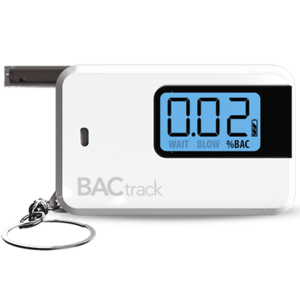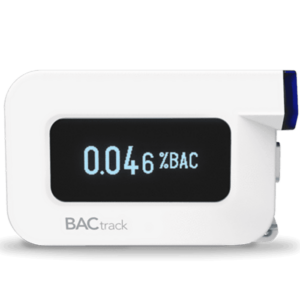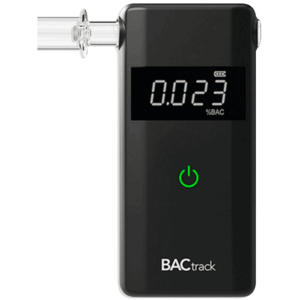Alcohol Drug Screen Urine: Advantages, Procedure, and Factors Affecting Detection
31 January, 2024

The alcohol drug screen urine is a test to detect various substances in urine samples. It is a common method used in various settings due to its ease of administration. This type of screening has several advantages, including its non-invasiveness and ability to provide accurate results within a short period of time. In addition, the procedure is relatively simple, involving sample collection and analysis through test strips. Factors like metabolism and fluid intake can affect drug detection in the specimen.
Alcohol and drug testing plays a crucial role in identifying substance abuse and ensuring safety in workplaces, roads, and rehabilitation centres. There are several types of tests, and each has its own advantages and limitations. Urine screening is a standard method as this test has become more readily accessible and easy to use. This article will present the advantages of urine testing, procedures for administering the test, and factors affecting substance detection.
Advantages of Urine Alcohol and Drug Screening
Urine alcohol and drug screening have several advantages, making it preferable to other test methods. Firstly, urine tests are non-invasive and relatively easy to conduct. It only requires the individual to provide a urine sample, which can be done in a private setting. This makes it a practical option for large-scale screening, such as in workplaces where efficiency and convenience are important.
Secondly, it offers a long detection window. The metabolites of drugs and alcohol stay in the urine for an extended period. It can range from 48 to 72 hours or even longer, depending on the substance and amount of consumption. This allows for a more comprehensive assessment of recent and past drug use.
Additionally, it provides fast results. The results are often available within minutes to a few hours, depending on the type of screening device or procedure used. Lastly, urine drug testing is highly accurate in detecting illicit drugs in the body due to its high sensitivity and specificity. Overall, this makes it a reliable method for identifying substance abuse.
Other Methods of Testing
- Saliva test: This method can detect substances within the past 24 to 48 hours. It is suitable for determining recent use or consumption. This test is common in workplace and roadside screening.
- Blood test: This test is considered the most accurate way for testing substances, as it can provide precise measurements in real time due to its shorter detection window.
- Hair follicle test: It involves analysing a small hair sample to detect past drug use. It can detect drug and alcohol metabolites for the past 90 days.
- Breath test: This method measures the Blood Alcohol Content (BAC) through a breathalyser device.
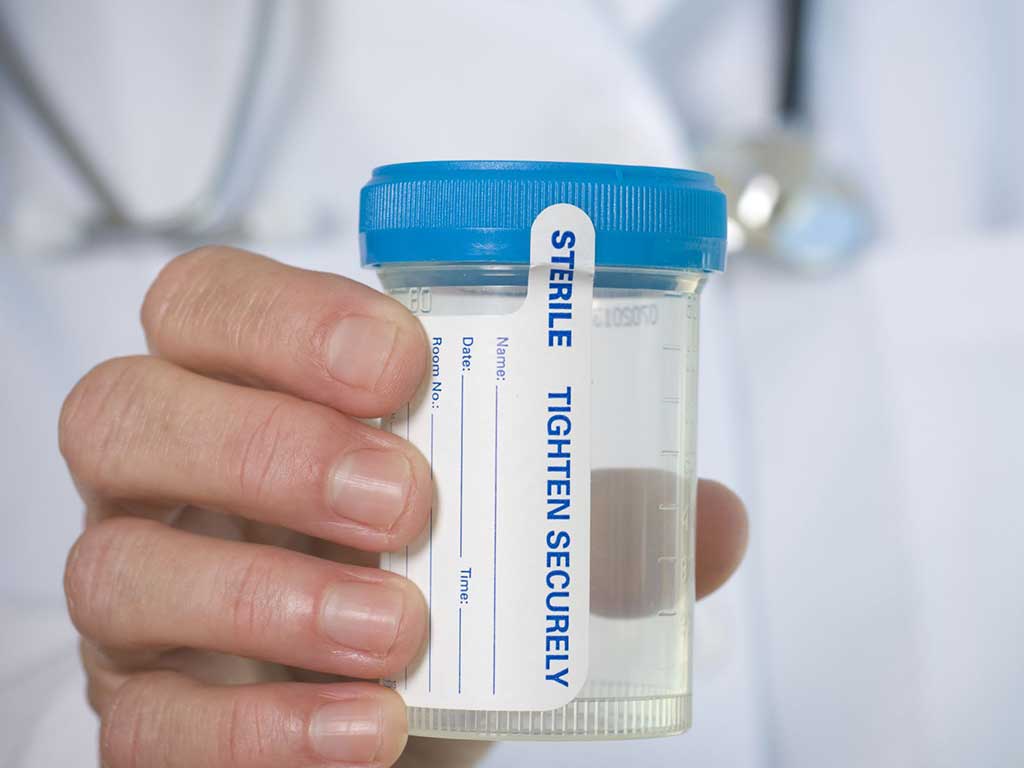
The Procedure in Urine Alcohol and Drug Screening
Administering a urine alcohol and drug screen involves a few key steps. The procedure begins by collecting a urine sample. The individual will be given a sterile container and this can be done at a medical facility or private restoom. After the collection, the specimen can be immediately tested using lateral flow devices like rapid test strips.
Urine test kits can provide the initial results within 10 minutes. The test strips utilise immunoassay techniques to detect the presence of specific substances. To analyse the sample, the individual or administrator dip the strip into the urine in the specimen cup for a few minutes. Then, they remove the strip and wait for the results to appear, usually in the form of visible lines or colour change.
After the analysis, individuals should interpret the results based on the guide provided by the testing kit. A positive result indicates that the person has consumed alcohol or drugs within a certain timeframe. Furthermore, it usually necessitates a confirmatory testing in a laboratory to measure the precise concentration of substances in the system.
What Can be Detected?
Urine tests can detect a wide range of substances and determine possible drug and alcohol abuse. Firstly, it can identify both illegal drugs and prescription medications. These substances include amphethamines, marijuana, cocaine, benzodiazepines, phencyclidine (PCP), and opioids. However, this would depend on the number of panels in a screening test kit.
Secondly, it can tracing ethyl glucuronide (EtG) and ethyl sulfate (EtS). EtG and EtS are direct metabolites of ethanol and are biomarkers of alcohol consumption. Nevertheless, it is important to note that the presence of drug or alcohol metabolites in urine do not automatically entail current impairment levels.
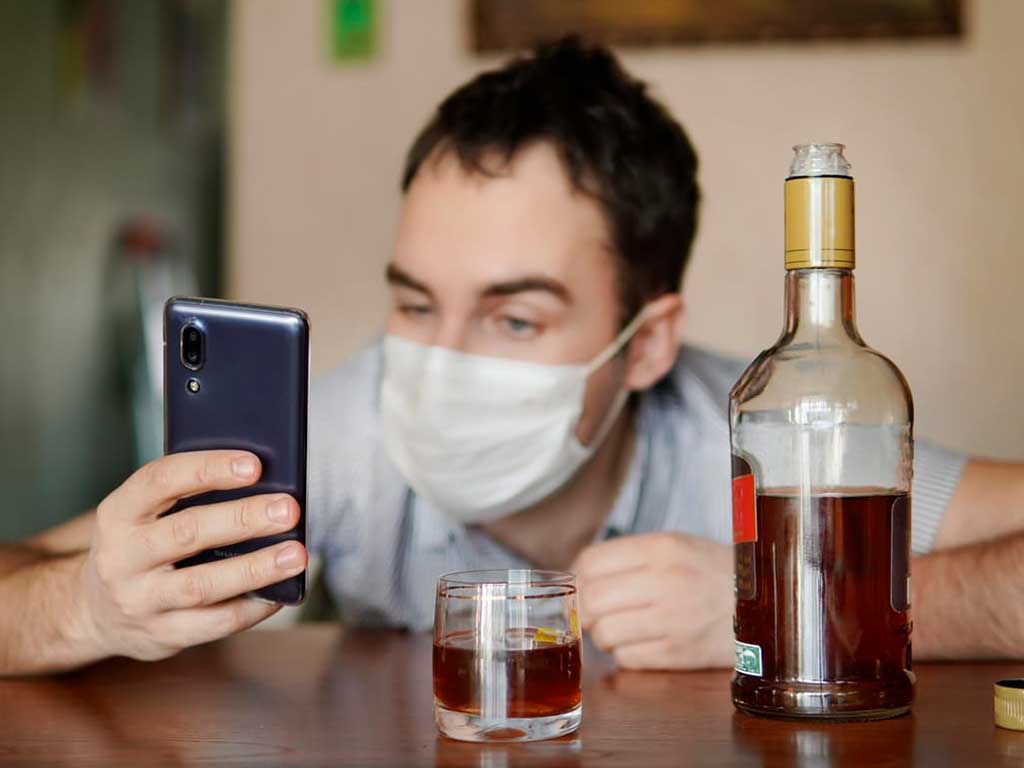
Factors Affecting Substance Detection in Urine Alcohol and Drug Screening
There are several factors that can affect the detection of substances in urine alcohol and drug screening. One important variable is the metabolic rate. It is the speed at which the body processes and eliminates substances. Individuals with faster metabolism may eliminate drugs or alcohol from their system more quickly, resulting in a shorter detection window.
Another factor is the amount and frequency of substance use. Higher levels of drug or alcohol consumption may result in longer detection windows, as more metabolites are present in the urine. Drugs also tend to stay longer in chronic users than occasional users. Moreover, hydration can influence the concentration of substances in urine, with dilution potentially resulting in false negative results.
Additionally, the sensitivity of the testing method can impact the results. Immunoassays are generally quicker and more accessible but can sometime produce false positives or false negatives. On the other hand, Gas Chromatography-Mass Spectrometry (GC-MS) is the gold standard for forensic substance identification. GC-MS technique is highly accurate but is more costly and time-consuming.
Accuracy and Reliability
A urine drug screen is one of the most well-established method of drug testing. It can provide high accuracy and reliability as it can detect a wide range of substances for an extended period. In addition, the concentration of a drug is generally higher compared to other specimens, resulting in a higher sensitivity.
Furthermore, several factors can affect the accuracy of the test. This includes improper collection technique and the presence of contaminants. For example, breath sprays and cleaning products in the room can lead to false positive results. Although tampering may be an issue, collection centres take precautionary measures to prevent it from happening.
Conclusion
Urine alcohol and drug screening is a valuable tool for detecting illicit substance use. It is a standard method used in many settings because it is non-invasive and easy to administer. A rapid screening tool can provide initial results within minutes, making it a convenient method of testing. Additionally, it can detect the common abused drugs in immunoassay screens and offer comprehensive analysis through laboratory testing. The substances it can trace include both illegal and prescription drugs and alcohol.
The application of urine testing is not just to confirm recent substance use but it has a role in the diagnosis, treatment, and monitoring of addiction. However, it is important to consider the factors that affect detection in order to ensure accurate and reliable results. It also helps in determine the appropriate testing method to use in different occasions. Overall, it helps to ensure public or workplace safety and promote individual well-being by identifying and addressing substance abuse issues.



















